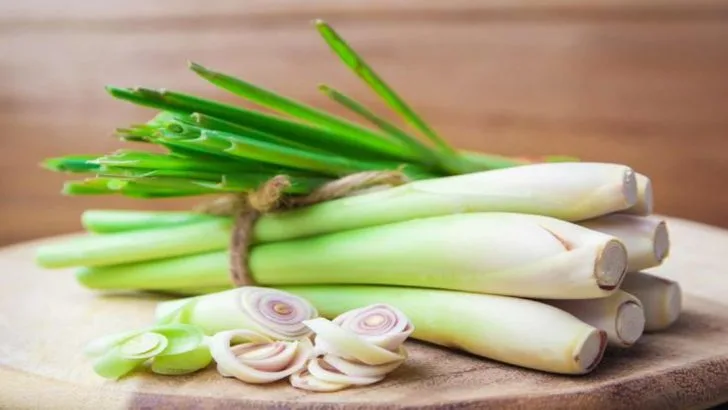Your summer dishes are begging for more flavor—don’t leave them hanging. While everyone else is fussing over tomatoes and cucumbers, the real stars are sun-loving herbs exploding with scent and taste. These aren’t dainty little sprigs that wilt under pressure. These are bold, heat-thriving flavor bombs that actually want the sun to crank up. They’re wild. They’re unruly. And they make your food taste like you actually meant to impress someone. The best part? You don’t need a culinary degree or a backyard the size of a football field. Just a patch of soil, a few pots, or even a sunny window. Grow them now, and you’ll be tossing fistfuls into everything from chilled cocktails to sizzling grilled peaches. Let’s meet the herbs that own summer—and learn exactly what to do with them once they’ve taken over your garden.
Basil
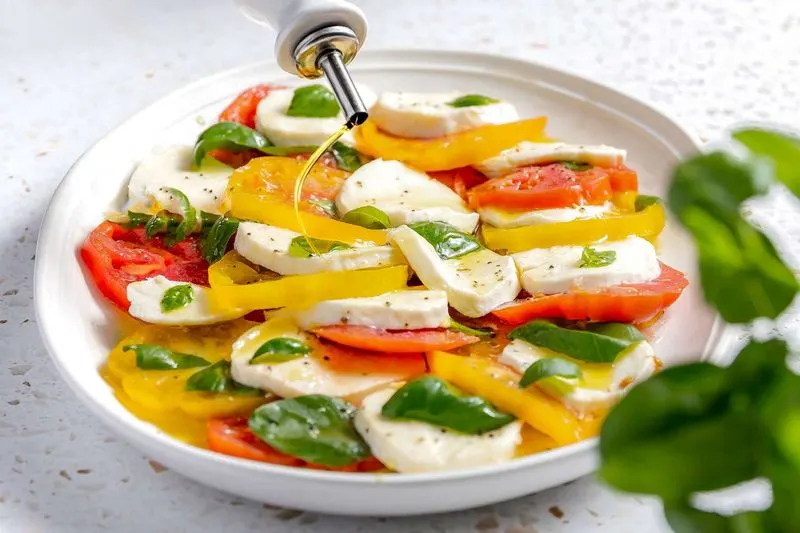
Basil, with its aromatic leaves, thrives in the sun and can transform any dish into a flavorful masterpiece. Its sweet yet slightly peppery taste makes it a favorite in Italian cuisine.
Did you know basil symbolizes love in ancient cultures? Add fresh basil to tomato salads for a refreshing burst of flavor.
Alternatively, blend it into pesto for a rich sauce. This versatile herb pairs well with mozzarella, creating a classic combination. As an added twist, try infusing basil leaves into lemonade for a cool summer drink. Its adaptability is truly remarkable.
Oregano
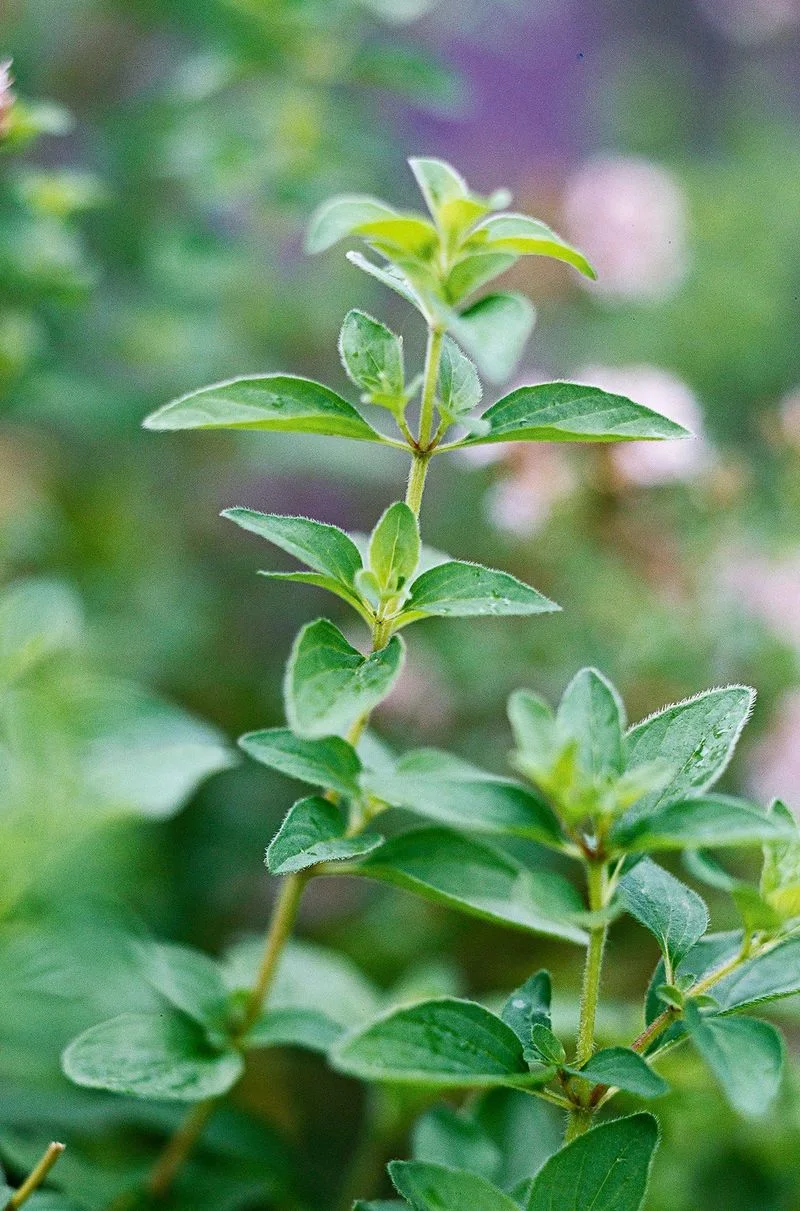
Known for its robust flavor, oregano is a staple in Mediterranean cuisine. This hardy herb loves the heat, flourishing under the sun’s warm rays.
Oregano’s bold taste complements grilled meats and vegetables, making it an essential in summer barbecues. Sprinkle fresh leaves over pizzas for an aromatic touch.
With a history rooted in ancient Greece, oregano was believed to bring joy. Use it to craft marinades that resonate with summer vibes. Whether dried or fresh, oregano’s ability to enhance dishes is unparalleled, adding depth to various culinary creations.
Mint
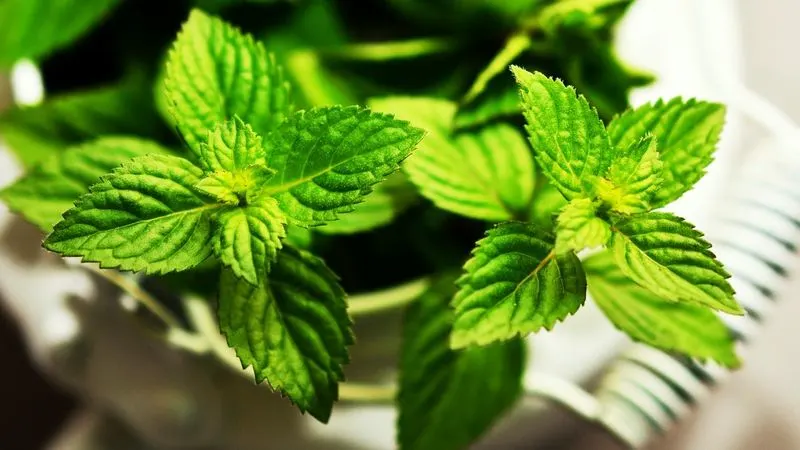
Mint is the epitome of freshness, thriving in warm months with its invigorating aroma. Its cooling properties make it an ideal addition to summer dishes.
Add mint to fruit salads for a refreshing twist, or steep it in tea for a hydrating beverage. Historically, mint was used in ancient rituals for purification.
Its versatility doesn’t stop there; use mint leaves to garnish desserts, enhancing their visual and flavor appeal. This herb’s bright notes create a delightful contrast, perfect for hot weather, leaving a lasting impression on any dish.
Rosemary
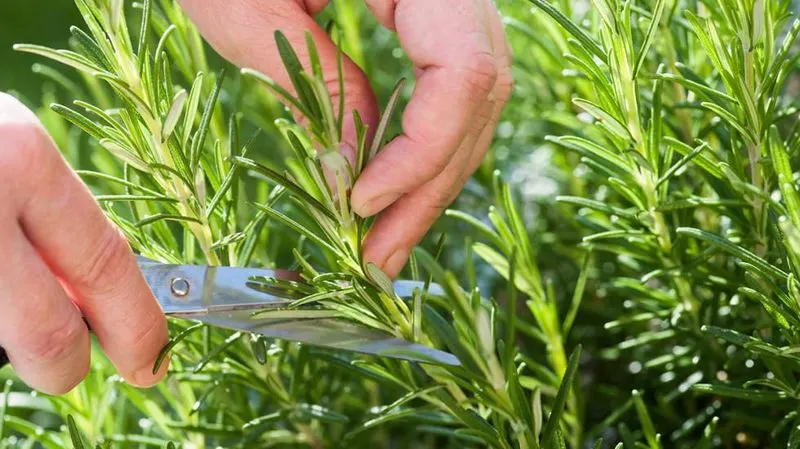
Sturdy and aromatic, rosemary thrives in the heat, offering a woodsy fragrance and robust flavor profile. Its origins trace back to the Mediterranean coast.
Rosemary is perfect for seasoning grilled meats, infusing them with earthy undertones. Add it to roasted potatoes for a classic side dish.
Historically linked to memory enhancement, rosemary also serves as a fragrant garnish. Try using it in homemade bread recipes for a savory twist. This herb’s resilience and aromatic presence make it a standout choice in summer cuisine, captivating taste buds alike.
Thyme
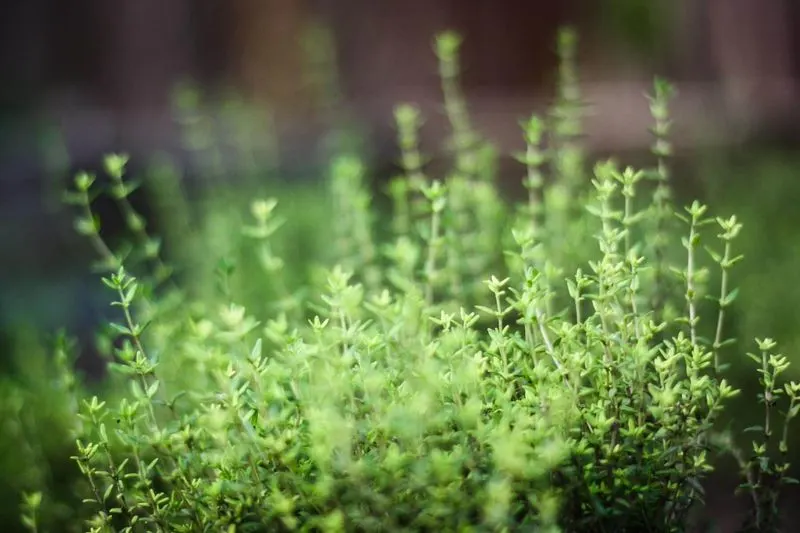
Thyme’s delicate leaves and subtle flavor make it a versatile herb for summer dishes. Known for its aromatic nature, thyme complements a variety of recipes.
Add thyme to lemon-infused marinades for poultry, bringing out its citrus notes. Its small leaves pack a punch, enhancing sauces and dressings.
With roots in ancient Egypt, thyme was used for embalming. Today, it adds depth to grilled vegetables, offering a hint of earthiness. Its adaptability to different dishes makes thyme a must-have for those seeking subtle yet aromatic additions to their summer meals.
Cilantro
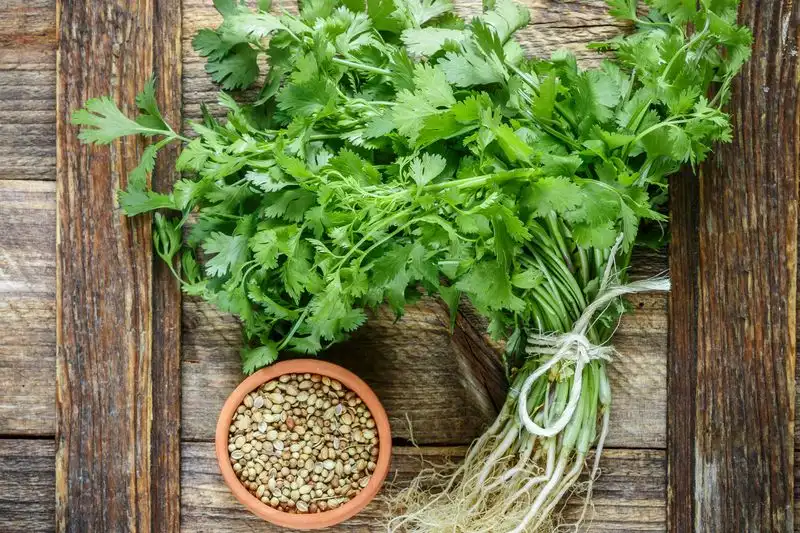
Cilantro’s vibrant green leaves are synonymous with fresh, citrusy flavors. This herb thrives under the summer sun, adding zest to various dishes.
Perfect in salsa or guacamole, cilantro elevates these classics with its unique taste. In ancient times, it was believed to bring good luck.
Use cilantro in marinades to infuse meats with its distinctive aroma. Its versatility extends to garnishing soups or salads, providing a refreshing element. Cilantro’s ability to brighten dishes makes it a culinary favorite, offering a touch of summer in every bite.
Dill
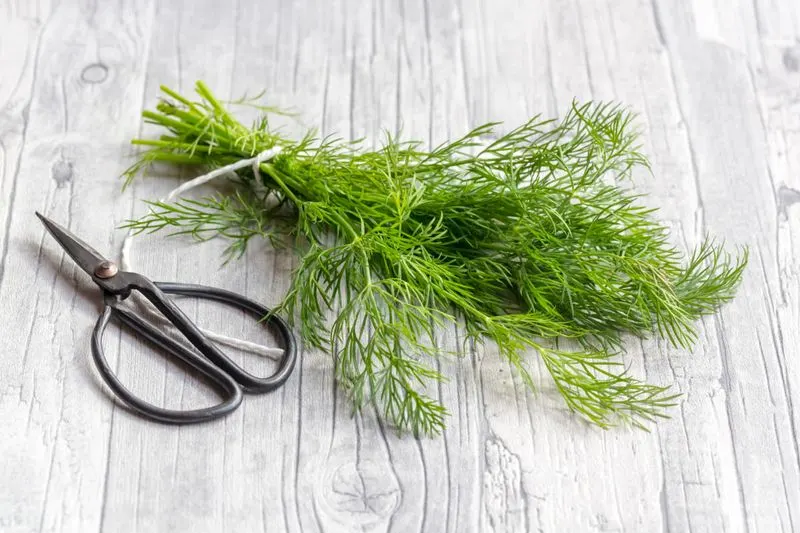
Dill, with its feathery fronds, adds a touch of sophistication to summer dishes. Its mild, tangy flavor complements a variety of ingredients.
Known for enhancing pickles, dill also pairs well with fish, offering a refreshing contrast. In folklore, dill was used to ward off evil spirits.
For a summertime twist, add dill to yogurt-based dressings or creamy potato salads. Its delicate fronds can also be used as a garnish, enhancing visual appeal. Dill’s gentle yet distinct flavor makes it a versatile herb, perfect for elevating summer cuisine.
Parsley
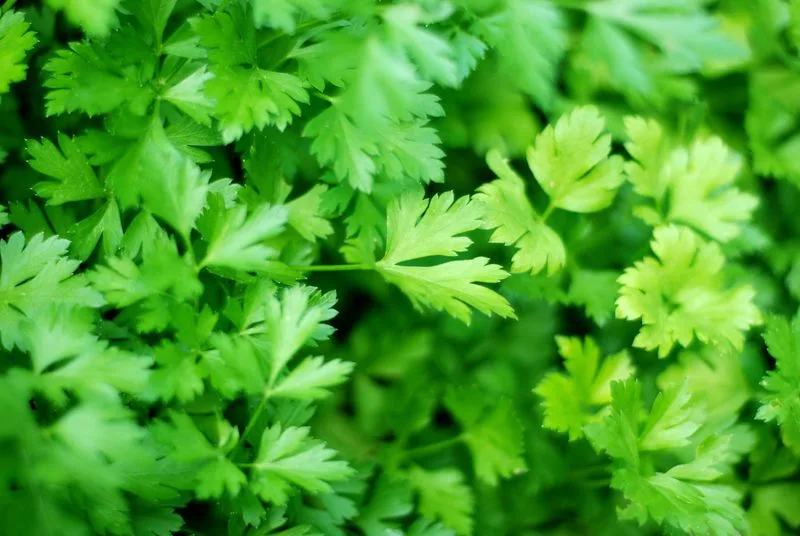
Parsley, often underestimated, is a nutrient powerhouse thriving in sunny climates. Its bright green leaves infuse dishes with freshness and vitality.
Use parsley in tabbouleh for a refreshing salad. Its history dates back to ancient Greece, where it was used in garlands.
As a garnish, parsley adds a pop of color to plates, enhancing visual appeal. Try it in chimichurri sauce for a zesty accompaniment to grilled meats. Parsley’s versatility extends beyond salads, making it a staple ingredient in summer culinary creations, adding both flavor and flair.
Chives
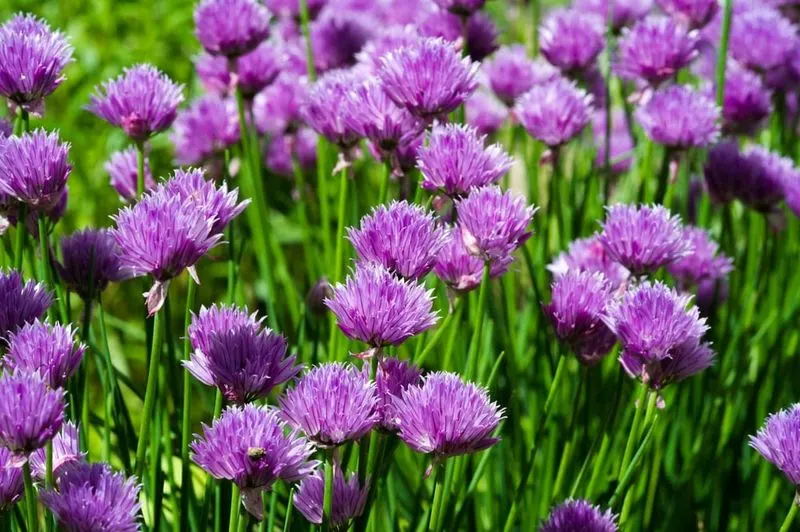
Chives offer a mild onion-like flavor, thriving in the warmth of summer. Their slender green stalks add both taste and visual interest.
Add chives to scrambled eggs for a subtle onion twist, or sprinkle them over soups for a hint of freshness. Chives have been used in traditional medicine for their health benefits.
Their edible purple blossoms can also be used to enhance salads. The gentle nature of chives makes them a delightful addition to various dishes, providing a touch of elegance and flavor complexity.
Tarragon
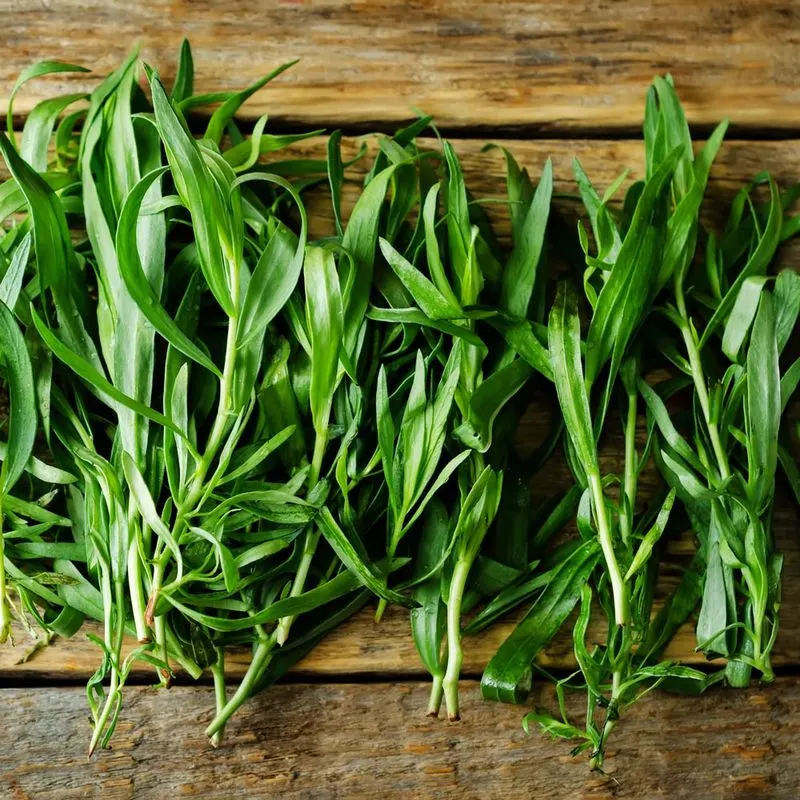
Tarragon, with its licorice-like flavor, thrives in the sun, offering a unique twist to culinary creations. Its narrow leaves add elegance to dishes.
Use tarragon in béarnaise sauce for a classic pairing with steak. Its origin traces back to ancient Siberia, where it was used in traditional remedies.
As a garnish, tarragon can elevate salads or roasted vegetables. Its distinctive taste provides a sophisticated touch, making it a favorite among chefs. Tarragon’s ability to transform dishes into gourmet experiences is truly remarkable, adding depth and intrigue.
Sage
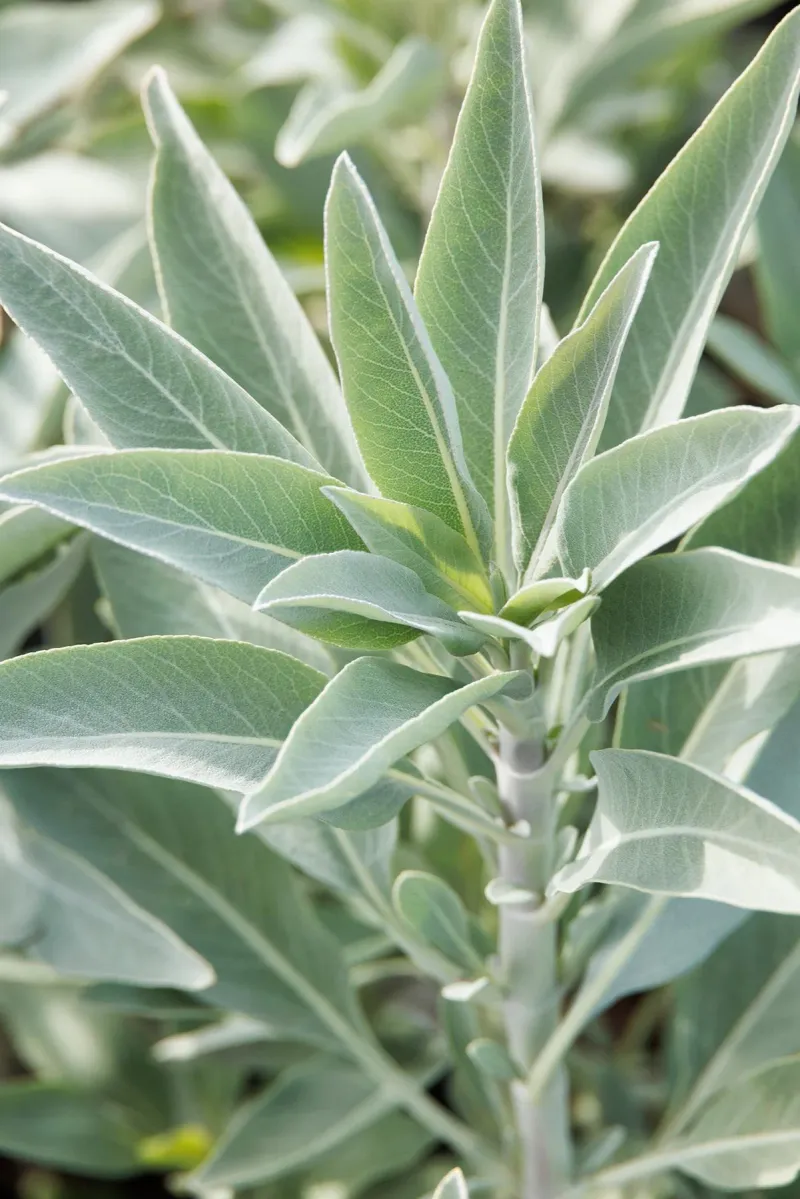
Sage, with its silvery leaves, offers an earthy yet slightly peppery flavor that loves the heat. Its historical presence dates back to ancient Rome.
Use sage in stuffing for a traditional twist, or add it to brown butter sauces for pasta. Known for its medicinal properties, sage was used in ancient remedies.
Its robust flavor enhances pork and poultry dishes, offering a savory note. Sage’s unique taste profile makes it an essential herb for those seeking depth in their summer meals, providing both flavor and historical richness.
Basil
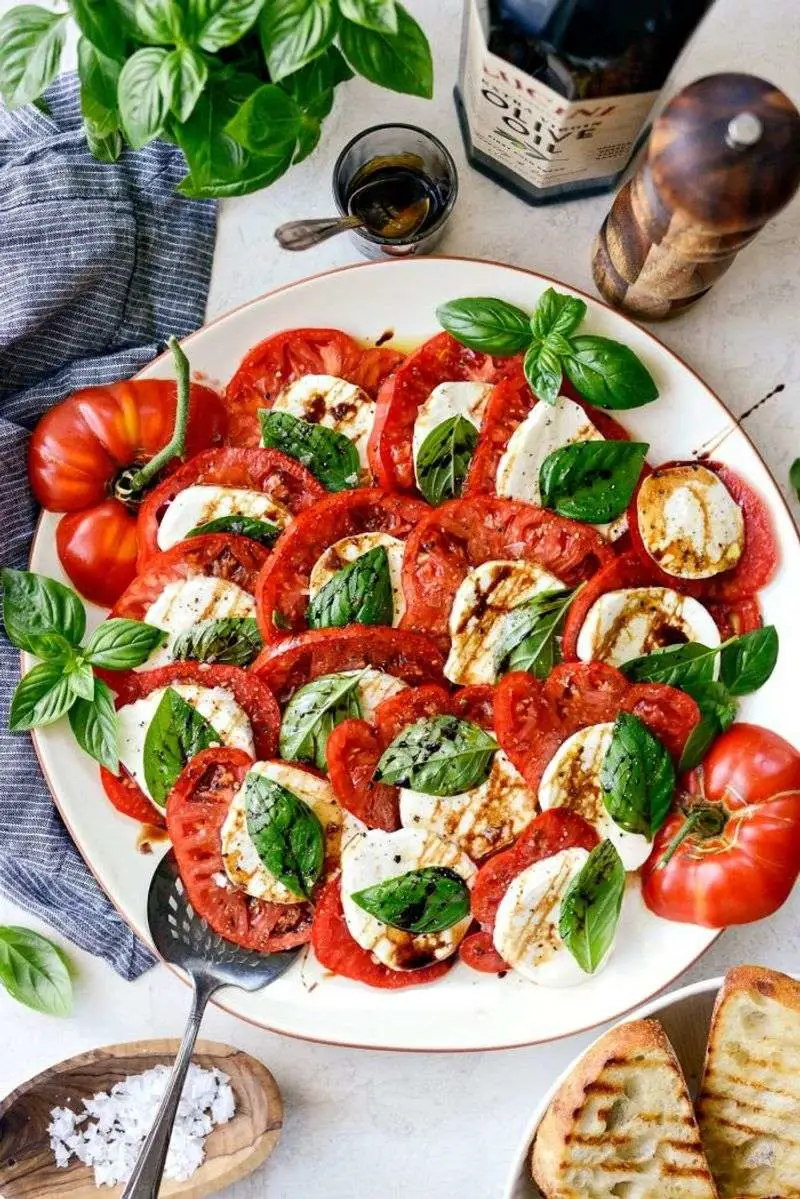
Basil, with its aromatic leaves, thrives in the sun and can transform any dish into a flavorful masterpiece. Its sweet yet slightly peppery taste makes it a favorite in Italian cuisine.
Did you know basil symbolizes love in ancient cultures? Add fresh basil to tomato salads for a refreshing burst of flavor.
Alternatively, blend it into pesto for a rich sauce. This versatile herb pairs well with mozzarella, creating a classic combination. As an added twist, try infusing basil leaves into lemonade for a cool summer drink. Its adaptability is truly remarkable.
Sage
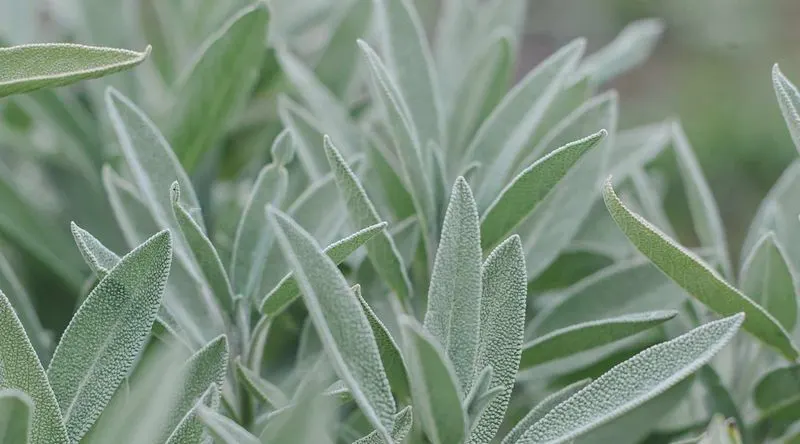
Sage, with its silvery leaves, offers an earthy yet slightly peppery flavor that loves the heat. Its historical presence dates back to ancient Rome.
Use sage in stuffing for a traditional twist, or add it to brown butter sauces for pasta. Known for its medicinal properties, sage was used in ancient remedies.
Its robust flavor enhances pork and poultry dishes, offering a savory note. Sage’s unique taste profile makes it an essential herb for those seeking depth in their summer meals, providing both flavor and historical richness.
Culantro
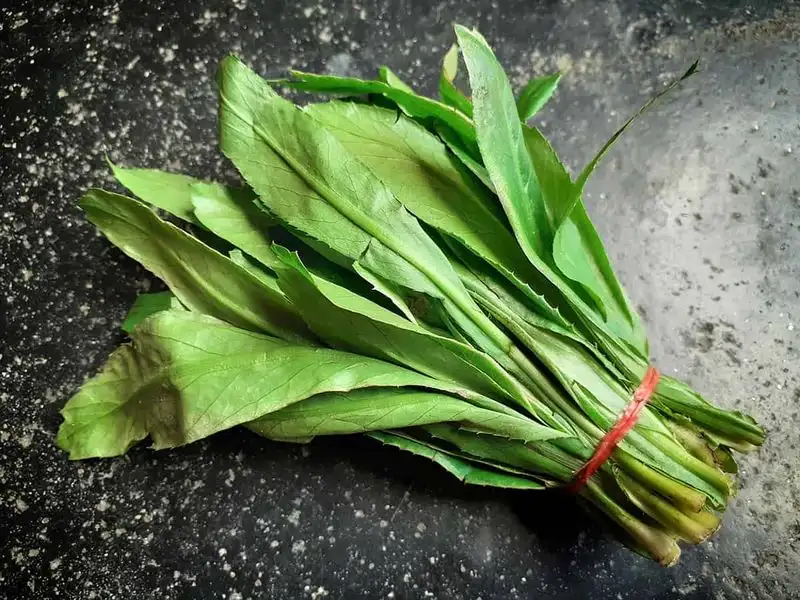
Culantro, often confused with cilantro, thrives in warm climates, offering an intense aroma and robust flavor. Its serrated leaves are a staple in Caribbean cuisine.
Add culantro to marinades for an exotic twist. It’s known for its medicinal uses in traditional remedies.
Unlike its cousin cilantro, culantro retains its flavor during cooking, making it ideal for soups and stews. Its unique taste profile adds depth to dishes, offering a culinary adventure. Culantro’s ability to enhance summer recipes makes it a hidden gem for those seeking bold flavors.
Lemongrass
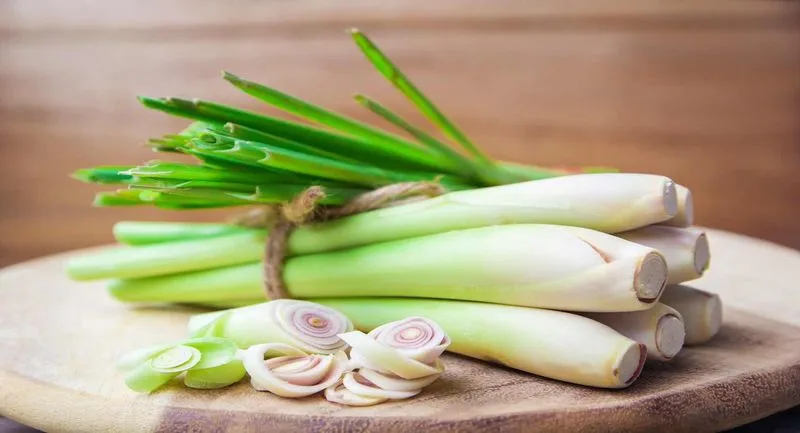
Lemongrass offers a citrusy aroma that thrives in warm weather, infusing dishes with a hint of zest. Its tall stalks are integral to Southeast Asian cuisine.
Use lemongrass in marinades for a refreshing twist on grilled meats. Its medicinal properties include aiding digestion.
Add lemongrass to curries for a burst of flavor, or steep it in tea for a cooling beverage. Its refreshing profile makes lemongrass a favorite in summer cooking. Its adaptability and unique taste bring a vibrant flair to dishes, offering culinary experiences that linger.
Basil
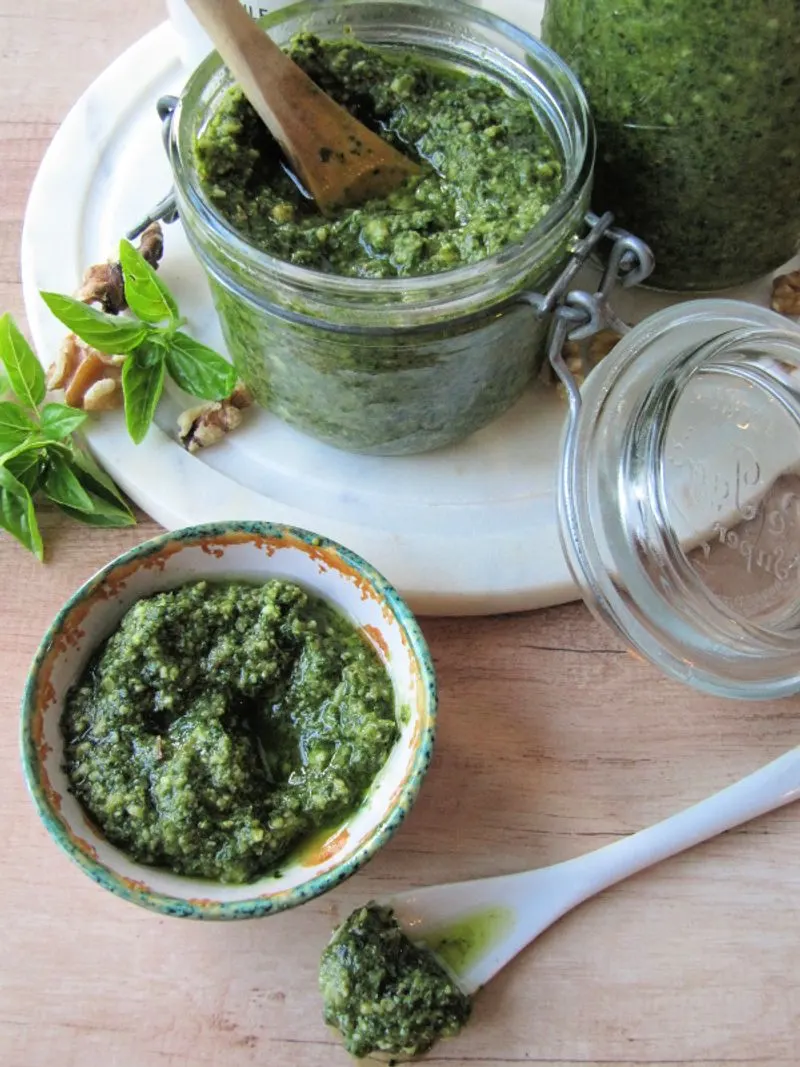
Basil, with its aromatic leaves, thrives in the sun and can transform any dish into a flavorful masterpiece. Its sweet yet slightly peppery taste makes it a favorite in Italian cuisine.
Did you know basil symbolizes love in ancient cultures? Add fresh basil to tomato salads for a refreshing burst of flavor.
Alternatively, blend it into pesto for a rich sauce. This versatile herb pairs well with mozzarella, creating a classic combination. As an added twist, try infusing basil leaves into lemonade for a cool summer drink. Its adaptability is truly remarkable.

